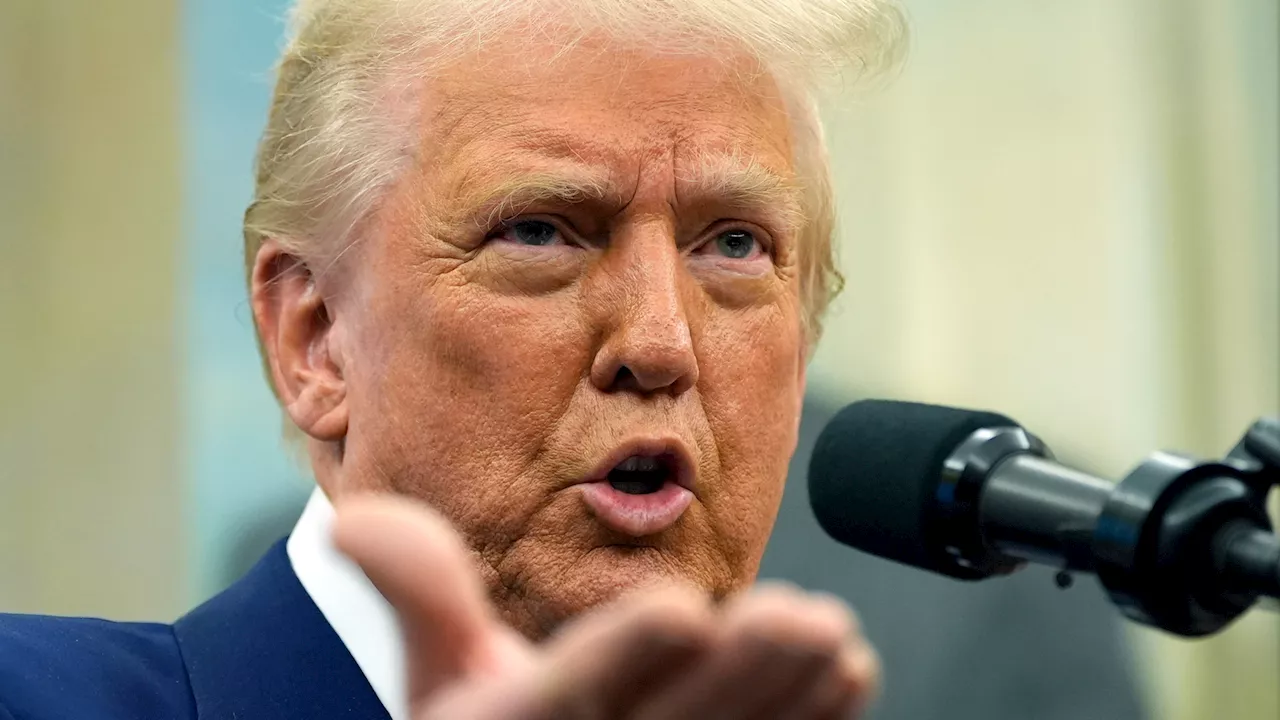President Trump announced a plan to impose tariffs matching those imposed by other countries, potentially triggering a trade war. The move aims to address trade imbalances but could backfire economically and politically.
President Donald Trump on Thursday unveiled his plan to increase U.S. tariffs to match the tax rates imposed by other countries on imports. This move could potentially spark a broader economic confrontation with both allies and rivals as Trump seeks to eliminate any trade imbalances. 'For purposes of fairness, I will charge a reciprocal tariff,' Trump stated during the Oval Office proclamation signing. 'It's fair to all. No other country can complain.
' Trump's Republican administration maintains that these new tariffs will level the playing field between American manufacturers and foreign competitors. However, these taxes are likely to be borne by American consumers and businesses either directly or through increased prices. The political ramifications of tariffs could backfire on Trump if his agenda contributes to inflation and economic stagnation, making this a high-stakes gamble for a president eager to assert his authority over the U.S. economy.The tariff increases will be tailored for each country, partially aiming to initiate new trade negotiations. Yet, other nations might feel compelled to respond with their own tariff hikes on American goods. Consequently, Trump may need to devise strategies to reassure consumers and businesses about growth prospects and mitigate any uncertainty stemming from the potential fallout of his tariffs. Trump's proclamation identifies value-added taxes, similar to sales taxes and prevalent in the European Union, as a trade barrier to be factored into any reciprocal tariff calculations, according to a senior White House official who requested anonymity to preview the details during a call with reporters. Other factors considered by the Trump administration in assessing tariffs include other nations' tariff rates, subsidies to industries, regulations, and potential currency undervaluation. The official stated that the anticipated tariff revenue would contribute to balancing the projected $1.9 trillion budget deficit. Additionally, the official indicated that the reviews required for the tariffs could be completed within weeks or months.The potential increases in import and export taxes could be substantial compared to the relatively modest tariffs imposed during Trump's first term. Trade in goods between Europe and the United States nearly reached $1.3 trillion last year, with the United States exporting $267 billion less than it imports, according to the Census Bureau. The president has openly antagonized multiple U.S. trading partners in recent weeks, issuing tariff threats and inviting retaliatory import taxes that could plunge the economy into a trade war. Trump has implemented an additional 10% tariff on Chinese imports due to that country's role in the production of the opioid fentanyl. He has also prepared tariffs on Canada and Mexico, America's two largest trading partners, which could take effect in March after a 30-day suspension. Furthermore, on Monday, he revoked exemptions from his 2018 steel and aluminum tariffs. And he has contemplated new tariffs on computer chips and pharmaceutical drugs. The EU, Canada, and Mexico have countermeasures ready to inflict economic pain on the United States in response to Trump's actions, while China has already taken retaliatory steps with its own tariffs on U.S. energy, agricultural machinery, and large-engine autos, as well as an antitrust investigation of Google. The White House argues that charging the same import taxes as other countries would improve trade fairness, potentially generating revenue for the U.S. government while also facilitating negotiations that could ultimately enhance trade. However, Trump is also making a political wager that voters can tolerate higher inflation levels. Price surges in 2021 and 2022 significantly weakened the popularity of then-President Joe Biden, as voters became frustrated by inflation eroding their purchasing power. They chose last year to return Trump to the White House to address the problem. Inflation has risen since November's election, with the government reporting on Wednesday that the consumer price index is climbing at an annual rate of 3%. The Trump team has dismissed criticism of its tariffs, even as it acknowledges the likelihood of some financial pain. It asserts that the tariffs must be weighed against the potential extension and expansion of Trump's 2017 tax cuts, along with efforts to reduce regulations and enforce savings through spending freezes and staff reductions in billionaire advisor Elon Musk's Department of Government Efficiency initiative. However, an obstacle for this approach might be the sequencing of these various policies and the possibility of a wider trade conflict hindering investment and hiring amid heightened inflationary pressures
TARIFFS TRADE WAR DONALD TRUMP ECONOMICS INTERNATIONAL RELATIONS
United States Latest News, United States Headlines
Similar News:You can also read news stories similar to this one that we have collected from other news sources.
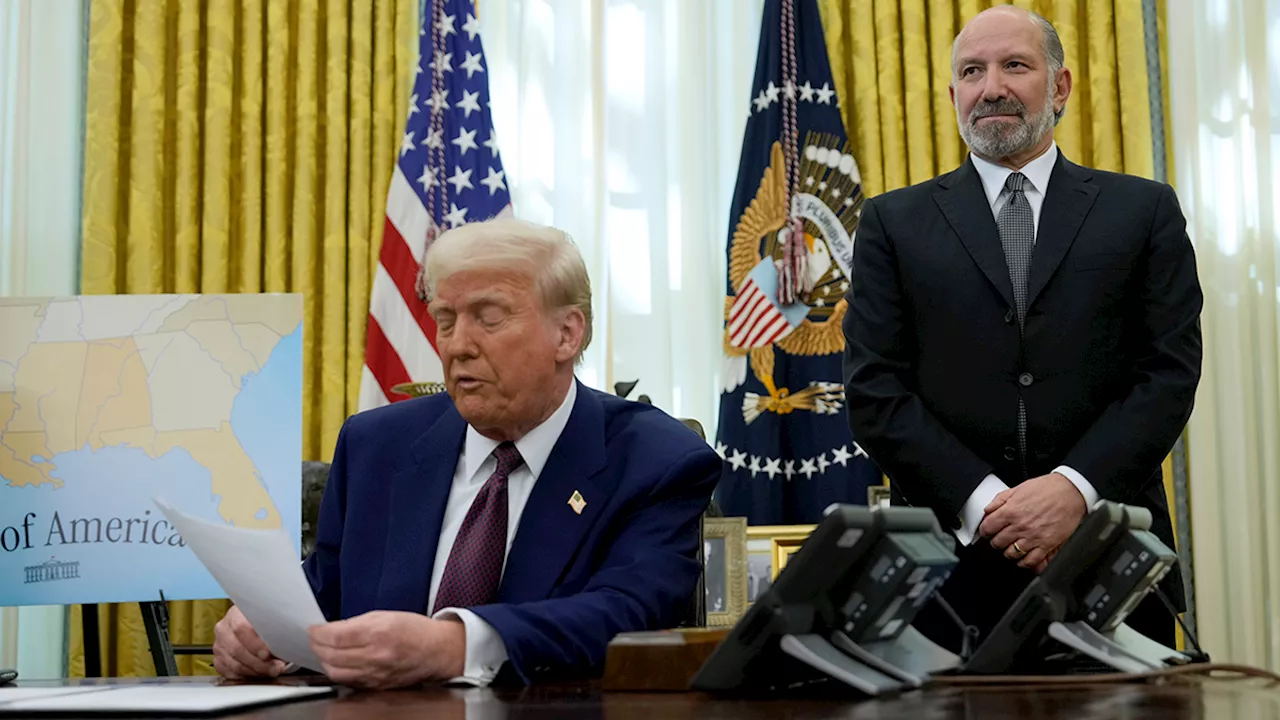 Trump Unveils Plan for Reciprocal Tariffs, Potentially Sparking Global Trade WarPresident Trump announced a plan to increase U.S. tariffs to match the rates imposed by other countries, aiming to eliminate trade imbalances. The move, which could trigger a trade war, has sparked concerns about its impact on American consumers and businesses. The tariffs are expected to be customized for each country and could be implemented within weeks or months.
Trump Unveils Plan for Reciprocal Tariffs, Potentially Sparking Global Trade WarPresident Trump announced a plan to increase U.S. tariffs to match the rates imposed by other countries, aiming to eliminate trade imbalances. The move, which could trigger a trade war, has sparked concerns about its impact on American consumers and businesses. The tariffs are expected to be customized for each country and could be implemented within weeks or months.
Read more »
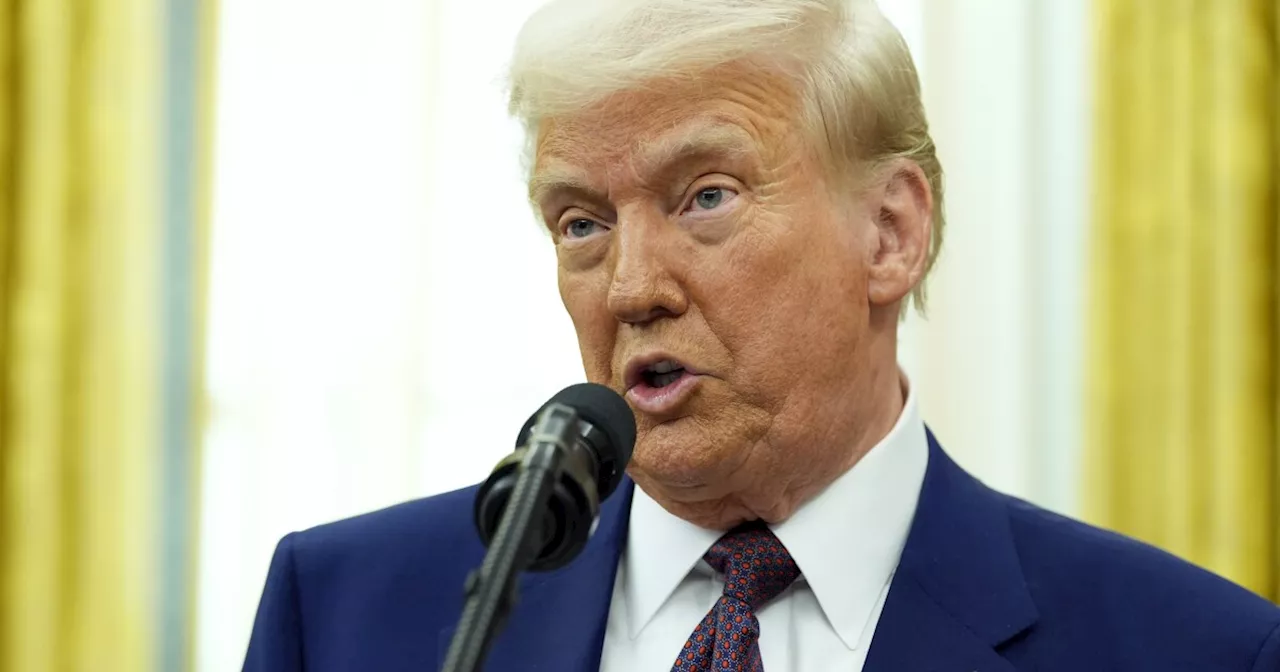 President Trump Unveils Plan for Reciprocal Tariffs on U.S. Trade PartnersPresident Donald Trump announced a plan to impose broad reciprocal tariffs on U.S. trade partners, aiming to balance trade relationships and boost the American economy.
President Trump Unveils Plan for Reciprocal Tariffs on U.S. Trade PartnersPresident Donald Trump announced a plan to impose broad reciprocal tariffs on U.S. trade partners, aiming to balance trade relationships and boost the American economy.
Read more »
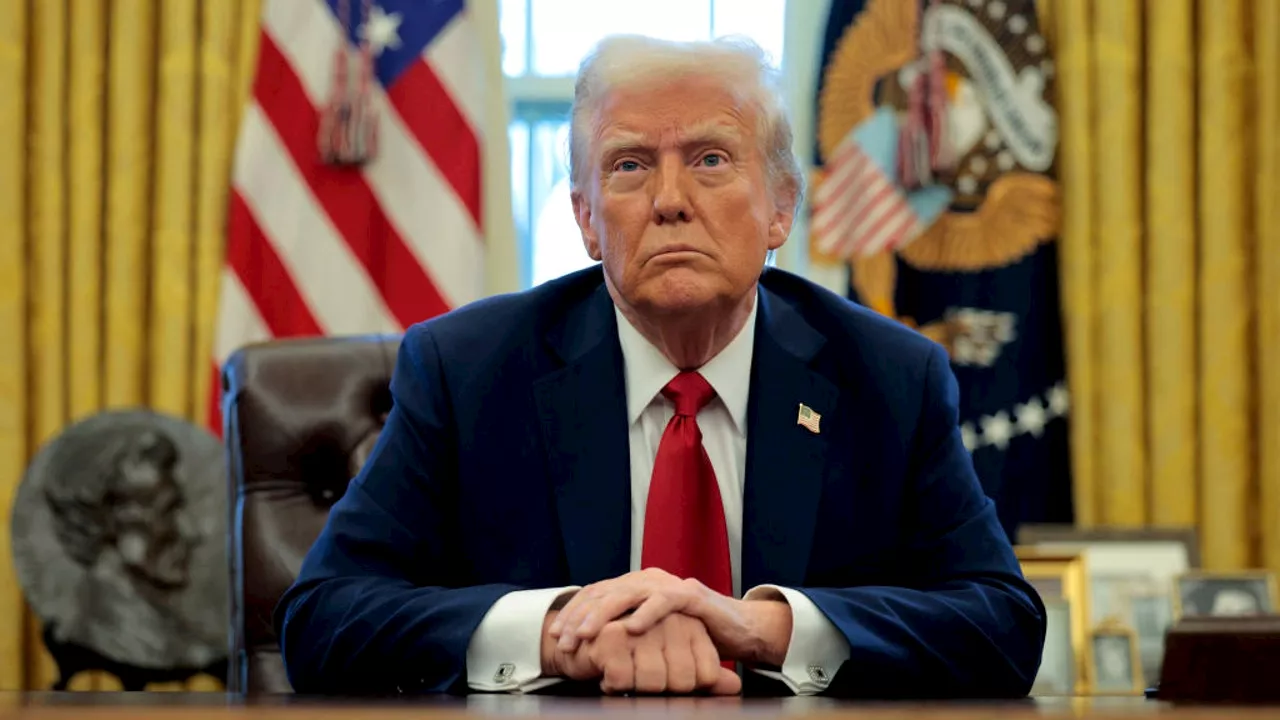 Trump Unveils Plan for Reciprocal Tariffs, Aiming to Balance TradePresident Donald Trump announced a plan to implement reciprocal tariffs, matching the import taxes imposed by other countries. The move, aimed at achieving trade fairness and potentially generating revenue, could spark retaliatory measures from trading partners. While the administration believes tariffs will boost domestic manufacturing and create jobs, economists warn of inflationary pressures and potential harm to consumer spending. The plan will involve customized tariffs for each country and focus on value-added taxes commonly used in the European Union.
Trump Unveils Plan for Reciprocal Tariffs, Aiming to Balance TradePresident Donald Trump announced a plan to implement reciprocal tariffs, matching the import taxes imposed by other countries. The move, aimed at achieving trade fairness and potentially generating revenue, could spark retaliatory measures from trading partners. While the administration believes tariffs will boost domestic manufacturing and create jobs, economists warn of inflationary pressures and potential harm to consumer spending. The plan will involve customized tariffs for each country and focus on value-added taxes commonly used in the European Union.
Read more »
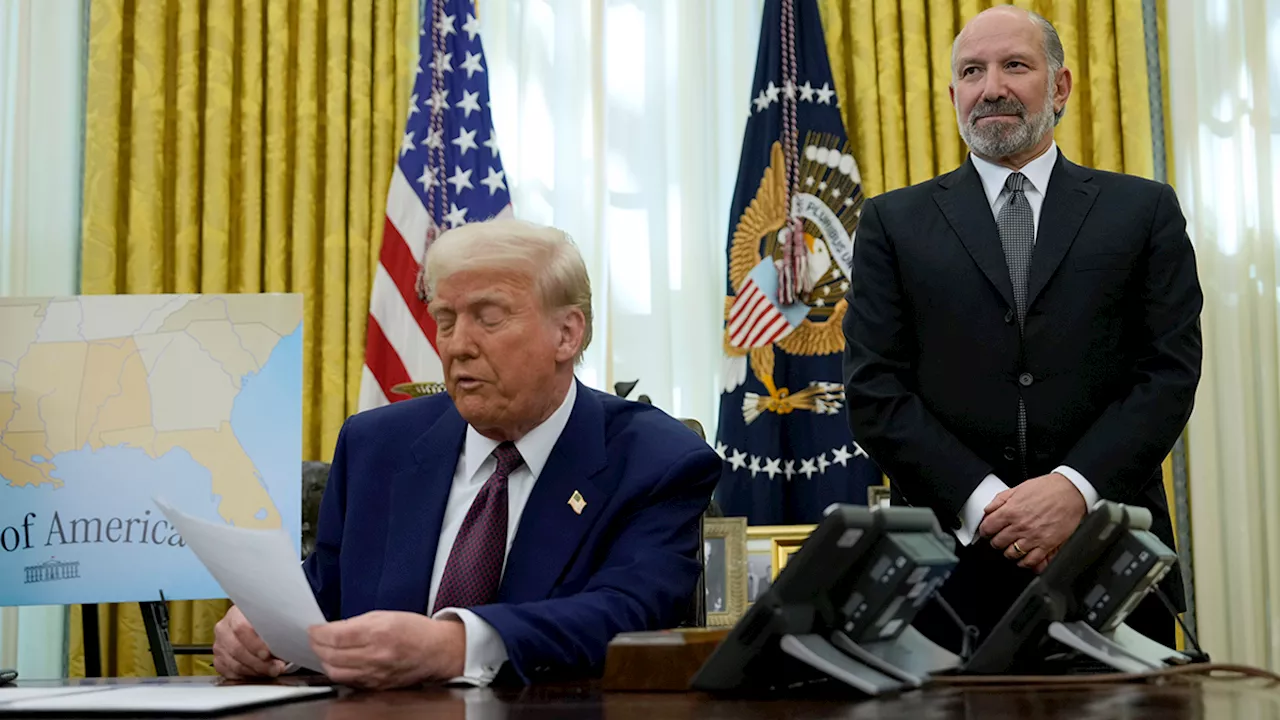 Trump Unveils Plan for Reciprocal Tariffs, Setting Stage for Potential Trade WarPresident Trump announced a plan to impose reciprocal tariffs on imports, matching the tax rates imposed by other countries on U.S. goods. This move aims to address trade imbalances but could trigger a global trade war and impact American consumers and businesses.
Trump Unveils Plan for Reciprocal Tariffs, Setting Stage for Potential Trade WarPresident Trump announced a plan to impose reciprocal tariffs on imports, matching the tax rates imposed by other countries on U.S. goods. This move aims to address trade imbalances but could trigger a global trade war and impact American consumers and businesses.
Read more »
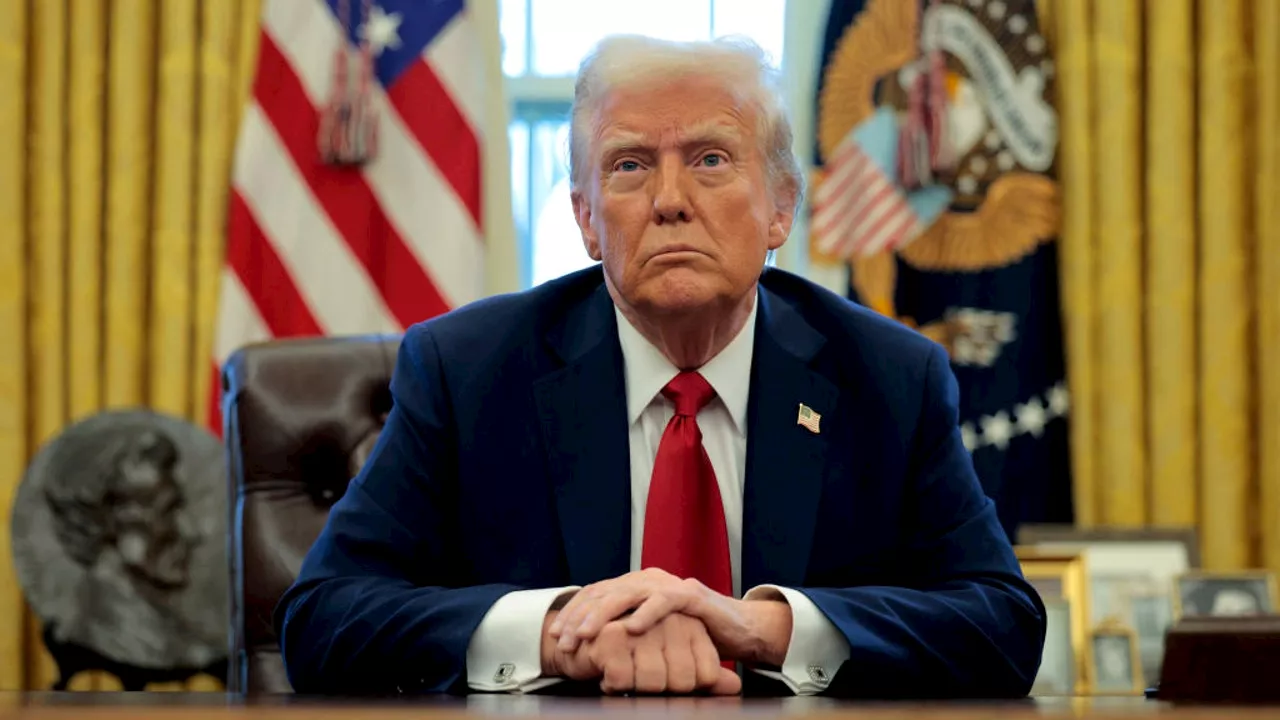 Trump Unveils Plan for Reciprocal TariffsPresident Trump announced a plan to implement tariffs on imported goods matching the rates imposed by other countries. He argues this will promote fairness in trade and potentially generate revenue for the U.S. government. However, the move could trigger retaliatory measures from trading partners, escalating the risk of a trade war.
Trump Unveils Plan for Reciprocal TariffsPresident Trump announced a plan to implement tariffs on imported goods matching the rates imposed by other countries. He argues this will promote fairness in trade and potentially generate revenue for the U.S. government. However, the move could trigger retaliatory measures from trading partners, escalating the risk of a trade war.
Read more »
 Trump Announces Plan for Reciprocal Tariffs, Threatening Trade WarPresident Trump revealed his plan to implement reciprocal tariffs, matching the rates imposed by other countries on U.S. imports. This move aims to eliminate trade imbalances but could trigger a trade war with allies and rivals. The plan, while touted as promoting fairness, is predicted to impact American consumers and businesses through higher prices.
Trump Announces Plan for Reciprocal Tariffs, Threatening Trade WarPresident Trump revealed his plan to implement reciprocal tariffs, matching the rates imposed by other countries on U.S. imports. This move aims to eliminate trade imbalances but could trigger a trade war with allies and rivals. The plan, while touted as promoting fairness, is predicted to impact American consumers and businesses through higher prices.
Read more »
